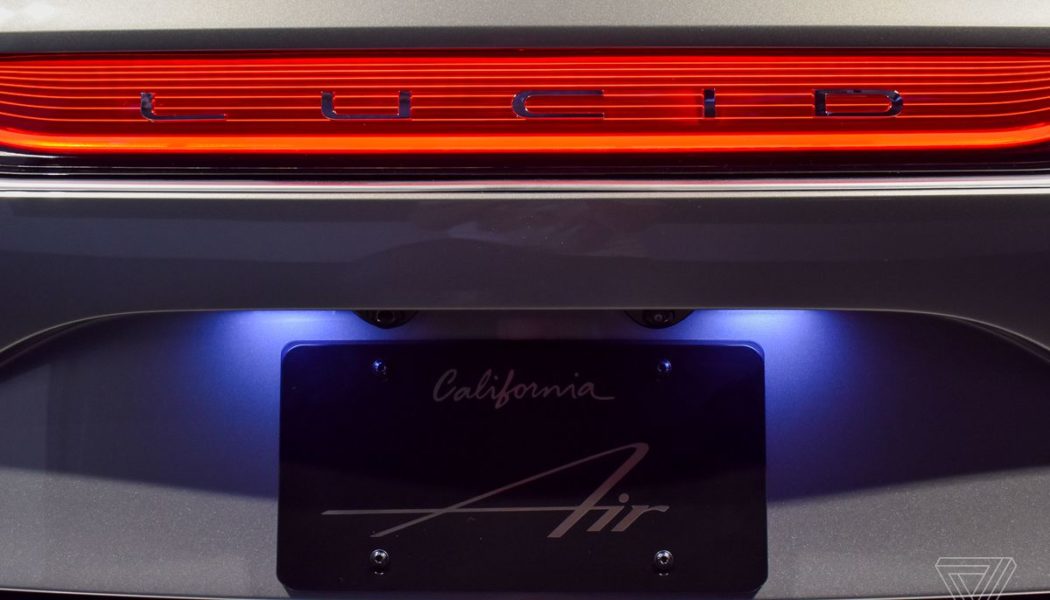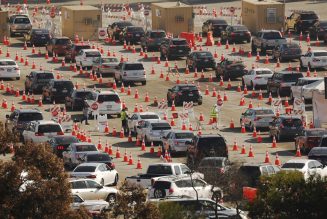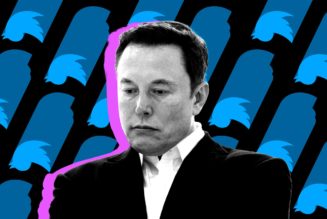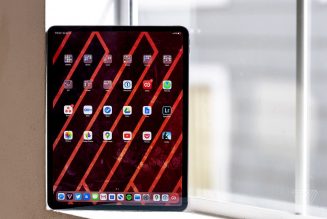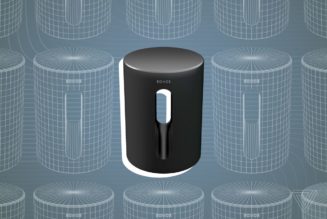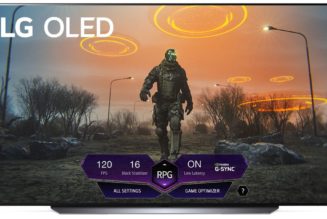The Lucid Air has been in the works for a very long time, nearly a decade by some accounts. The first time I rode in the 1,000-horsepower electric sedan was in Las Vegas in 2017, when Lucid Motors had an engineering prototype on hand at the Consumer Electronics Show. I rode in the Air again just this past Monday, in a near-final version of the massive, roomy vehicle. Suffice to say, it was better the second time around.
In the four years between then and now, the EV startup struggled to raise money and very nearly went out of business. But thanks to a timely investment from Saudi Arabia’s sovereign wealth fund, in which it put up its own intellectual property as collateral, and a recent SPAC deal that will leave the company with $4.4 billion in cash, Lucid Motors is now on track to starting delivering its first EVs to customers later this year.
In advance of that, the company is opening up design studios (just don’t call ‘em dealerships) in bustling neighborhoods around the country, in the hopes that the reopening economy and increased foot traffic will send more EV-curious customers their way.
I rode in the Grand Touring version of the Lucid Air, the second highest level trim with just 800-horsepower and a starting price of $139,000. The company says that this version, with its 113kWh battery pack, will get up 517 miles of range on a single charge, which is really just an unfathomable amount of battery power.
:no_upscale()/cdn.vox-cdn.com/uploads/chorus_asset/file/22677729/ahawkins_210623_4646_0007.jpg)
Just like last time, I came away impressed with the car’s acceleration, which should come as no surprise. Pretty much every EV on the road today has near instantaneous torque, and trying to compare one EV’s acceleration to another has become a bit of a joke. Lucid said the Air can sprint from 0 to 60mph in two seconds, while Tesla says the Model S Plaid can do it in under two seconds. Can you tell the difference? Of course not. And there are so many caveats involved in both claims that it hardly seems worth mentioning. Did the electric car go fast? Yes it did.
The exterior design hasn’t changed much from the alpha prototype we saw in 2017. With its rounded edges, low-slung stance, and dramatic glass roof, the Air makes a great first impression — which is exactly what Derek Jenkins, the former Mazda designer and Lucid’s senior vice president of design and brand, is hoping for.
After all, Lucid is about to run head first into a very competitive market. The luxury EV segment is already crowded with the likes of the Audi E-Tron, Jaguar I-Pace, Polestar 2, and Porsche Taycan. Other vehicles are soon to follow, including the Mercedes-Benz EQS, Cadillac Lyriq, BMW i4, and Lexus LF-Z. And don’t forget the Model S Plaid, which started rolling out to customers earlier this month.
:no_upscale()/cdn.vox-cdn.com/uploads/chorus_asset/file/22677726/ahawkins_210623_4646_0004.jpg)
Under direction of the former Model S lead engineer Peter Rawlinson, then Lucid Motors’ CTO, now its CEO, there is a sense in the automotive world that Lucid has the internal knowledge and technical chops to tease Tesla’s grip as maker of the ultimate electric luxury sedan. It seems as if every electric vehicle that’s released these days is inevitably held up against Tesla for a comparison. But few electric vehicles have actually Tesla DNA running through their bloodstream. The Lucid Air is one of those vehicles.
“Model S is obviously a pivotal vehicle,” Jenkins said. “This car is going to offer a lot more space, a lot more comfort, nicer material, trim, cargo… I just think it’s a more luxury-focused product.”
The interior of the Air is simple without straying into minimalist territory. The main feature is a 34-inch, high-resolution 5K horizontal curved display which starts to the left of the steering wheel and stretches to the middle of the dash. A second, retractable screen known as the “Pilot Panel” sits above the center console. And with the touch of a button, the screen folds away neatly into the dash, revealing some extra cargo space.
The two screens can interact with each other, too. Jenkins demonstrated how items on the main screen can be “swiped” down on to the Pilot Panel for further perusal.
“We really wanted to get back to just a simple, elegant screen dedicated for the driver to make the driver experience awesome,” he said. “And then have a nice panel that’s for both driver and passenger, and make sure there’s still a relationship between the two.”
:no_upscale()/cdn.vox-cdn.com/uploads/chorus_asset/file/22677738/ahawkins_210623_4646_0015.jpg)
The ride itself was fine, with the Air’s suspension (which is not air suspension, but conventional springs and active shocks) handling itself well on the cobblestone streets. Despite its wider than average stance, the sedan was able to slip in and out of some tight spaces with relative ease. And while traffic in Manhattan was generally pretty terrible, the driver did get the opportunity to demonstrate the acceleration when the cars cleared momentarily on the West Side Highway. (Reader, I woo’d.)
Lucid’s retail strategy — opening studios in areas with heavy foot traffic — is smart, but the company will still run into headwinds as it tries to navigate the legal landscape. Dozens of states have laws on the books that protect car dealerships and prevent direct-to-consumer sales by automotive newcomers. Tesla has managed to get by with some exemptions, and Lucid is hoping to piggyback on that success.
“In each state, it’s either allowed or allowed with conditions,” said Zak Edson, Lucid’s senior director of retail operations. “We’re working with local authorities to try to find a way to make it allowed.”
:no_upscale()/cdn.vox-cdn.com/uploads/chorus_asset/file/22677733/ahawkins_210623_4646_0011.jpg)
New York is one such state that bars a manufacturer from selling cars directly to customers. As such, anyone visiting the company’s Manhattan studio will be directed to make a reservation online, and when they actually take delivery, the car will likely come from another state, like Illinois, which allows direct-to-consumer sales.
The New York studio is Lucid’s seventh, with Chicago, Boston, and Phoenix locations slated to open by year’s end, and 21 total by mid-2022. Lucid plans to open service and delivery centers to support each showroom, including one in New Jersey for New York-area owners. The majority of Lucid’s service calls will be handled by mobile technicians, with Edson predicting that “80 percent” of repairs will be handled in customer driveways.
Lucid had previously said it would start making deliveries in the spring of 2021, but that’s been delayed to later this year. The company finished the first phase of its $700 million factory in Arizona late last year, and has built over 100 vehicles so far. “We are already producing cars at the factory, with the focus on ensuring the highest possible quality for a high-end luxury brand,” a spokesperson said. Next year, the company plans to unveil an SUV, codenamed “Project Gravity,” which won’t go on sale until 2023.
It was a herculean effort to get to this point, and Lucid very nearly didn’t make it. Starting a new car company from scratch is nearly impossible to do, as evidenced by Tesla’s several close brushes with total disaster. Lucid was no different.
It’s not a guarantee that Lucid will succeed and the Air will become the new Model S. There’s no question that the company is about to reach an important milestone. But everything else is still up in the air.
